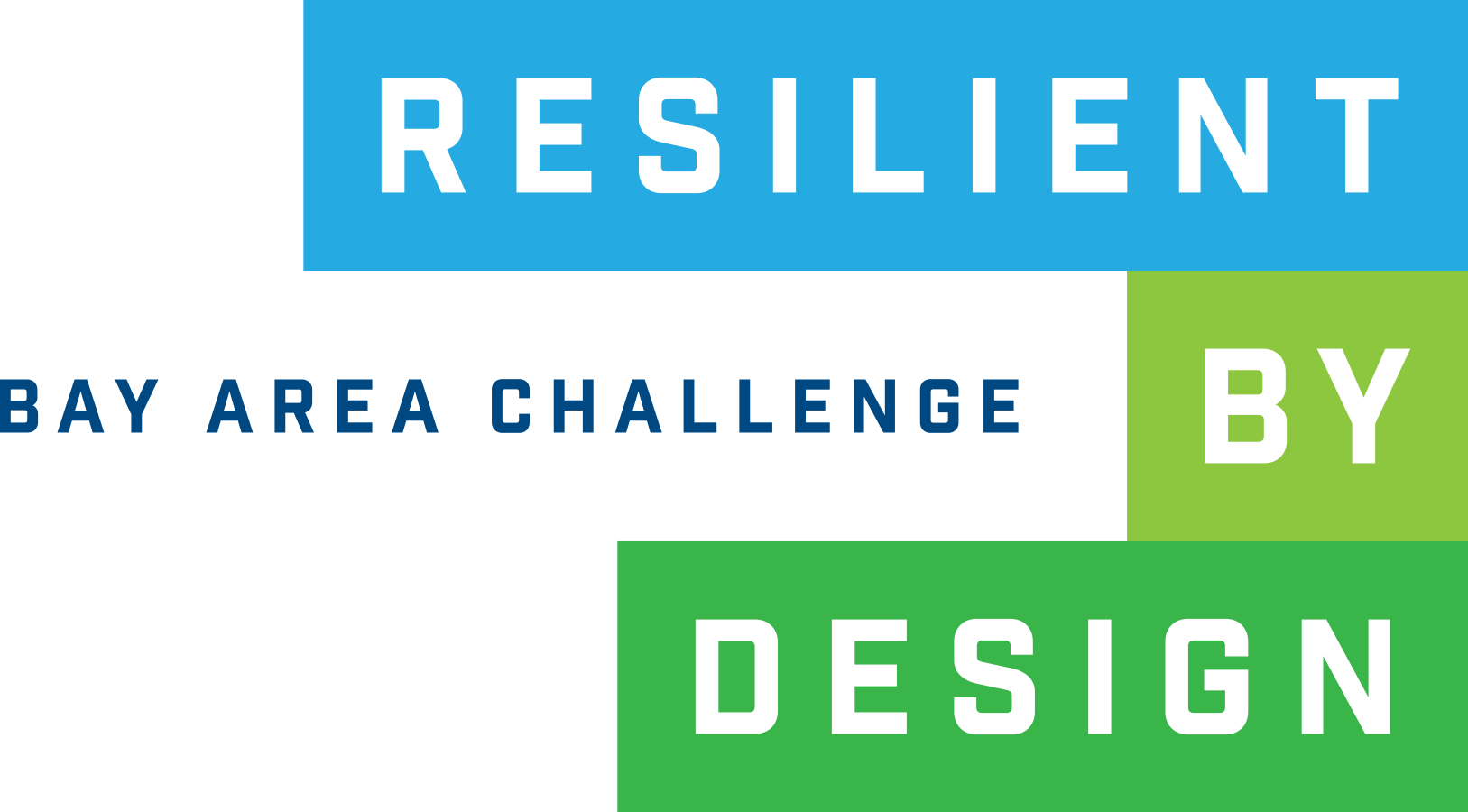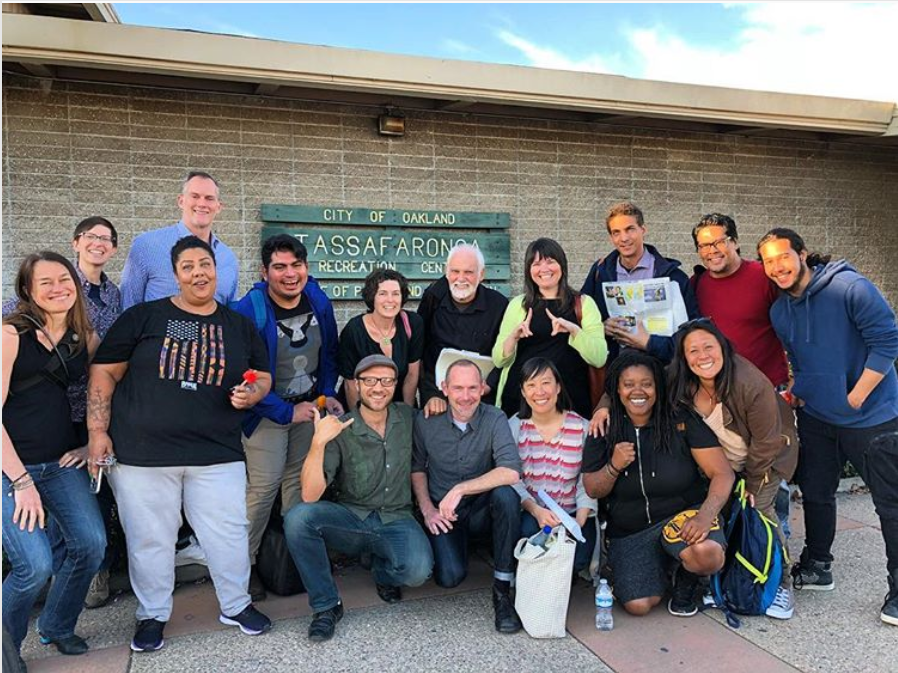Centered in the Community
What does it mean to authentically engage under-served communities in the design and planning process? During Resilient by Design’s intensive sea level rise adaptation challenge, the All Bay Collective explored a set of strategies for moving the community from the margin to the center of the design process.
The residents living in the East Oakland neighborhoods and communities that surround San Leandro Bay already know a great deal about the community in which they live and what they need to thrive. A wide range of passionate and well-organized community based-organizations already demonstrate an extraordinary level of community advocacy and leadership in East Oakland and Alameda, working to strengthen neighborhood investment, stem the tide of displacement, and deliver a better future for their neighborhoods. The ABC Team has been working closely with seven of these community organizations; so much so that these groups have co-created the community engagement process. These organizations include the: East Oakland Collective; Oakland Climate Action Coalition; Scraper Bike Team; Merritt College Brower Dellums Institute for Sustainable Policy Studies; Planting Justice; Repaired Nations and East Oakland Building Healthy Communities. Before sharing any design ideas, ABC met with this coalition of community-based organizations to listen to their goals, concerns, existing efforts and challenges. Through this meet and greet, ABC began building relationships with residents, activists and leaders in the community and gained an understanding of community priorities.
Next, as ABC launched into stakeholder interviews, we invited community representatives to join each agency stakeholder meeting to hear who was talking to who about what. This strategy established transparency, which is essential to trust-building, and more importantly provided community representatives access to agency representatives with authority over important services in their neighborhoods. Third, ABC invited community representatives to participate side-by-side with the design team during weekly design team meetings, again creating transparency and the space for community representatives to directly influence the design process and outcomes. In addition, ABC hosted bi-weekly design working sessions with community representatives to more deeply explore design concepts in a co-creation environment. Finally, rather than asking community members to come to an ABC public event, ABC has gone to the community. At the invitation of community-based organizations, ABC is attending five different events hosted by community-based organizations to listen, share ideas, and facilitate interactive exercises. Events include:
- On Saturday April 21, ABC met with East Oakland youth at a Higher Ground Earth Day Celebration and Volunteer Day to host an interactive discussion on sea level rise and learn about what the youth care about in their community.
- On Tuesday April 24, ABC is meeting with the HOPE Collaborative Elmhurst Resident Leader Team at the New Highland Elementary to learn about neighborhood priorities, facilitate an interactive exercise focused on sea level rise in East Oakland and explore potential adaptation strategies.
- On Wednesday April 25, ABC is meeting with youth from Higher Ground Peer Leadership Workforce Development Team.
- On Wednesday April 25, ABC is facilitating a sea level rise adaption game, “In it Together” for the East Oakland Collective.
- And on Saturday May 5, ABC is meeting with Sobrante community leaders to learn about neighborhood priorities, facilitate an interactive exercise focused on sea level rise in East Oakland and explore potential adaptation strategies.
At the conclusion of the intensive sea level rise adaptation challenge, ABC anticipates sharing a number of tools that community-based organizations and agencies can use to continue a transparent co-creation process. These include the “In it Together” SLR adaption game that explores collaboration in the East Oakland/San Leandro bay area, a Quadruple Bottom Line (QBL) evaluation tool to encourage multiple benefits in public and private investments, and an Equity Tool for communities to use to advocate for specific community benefits in the public and private investment process to address historic disparities and inequities. However, the learning exchange has most definitely been two-way as ABC has adapted our process to incorporate important community engagement principles to move the community from margin to center.


